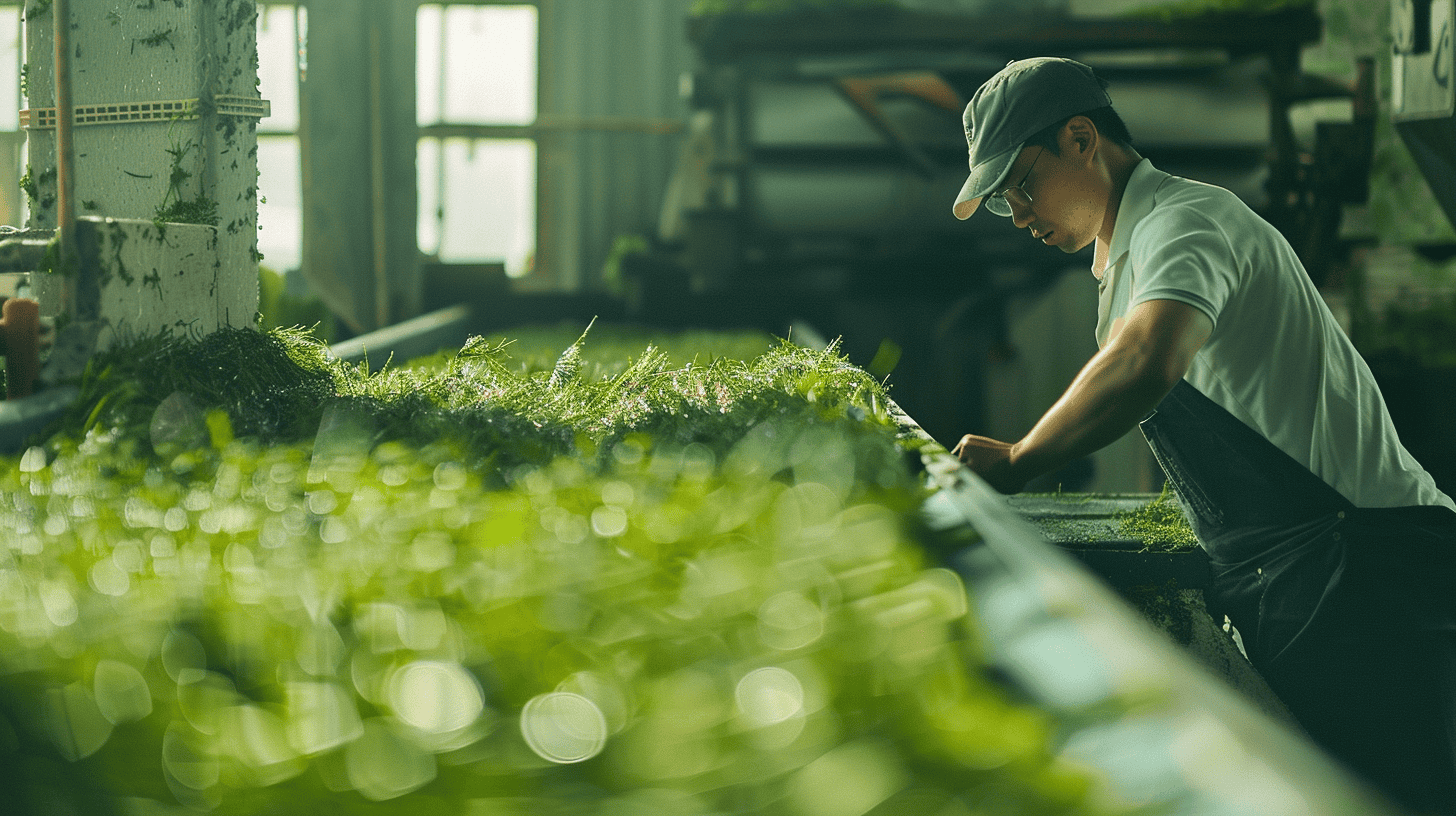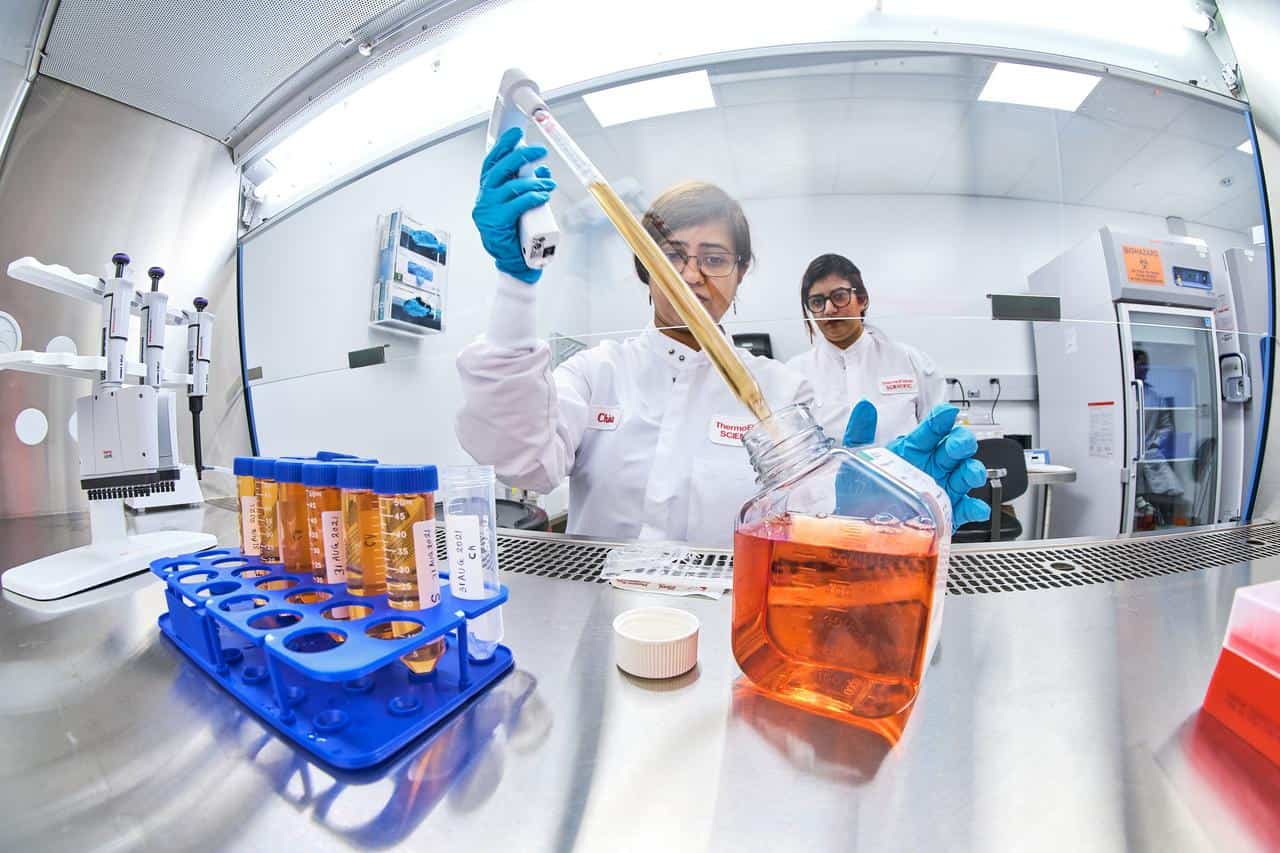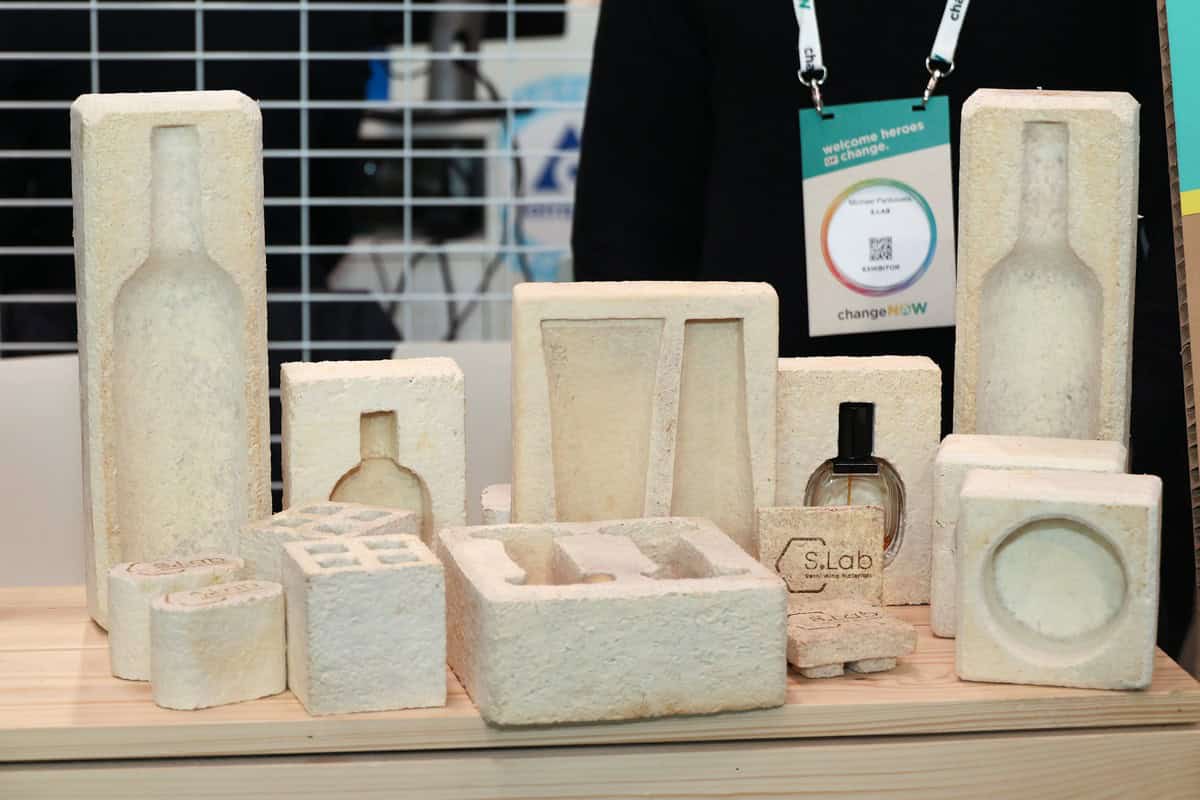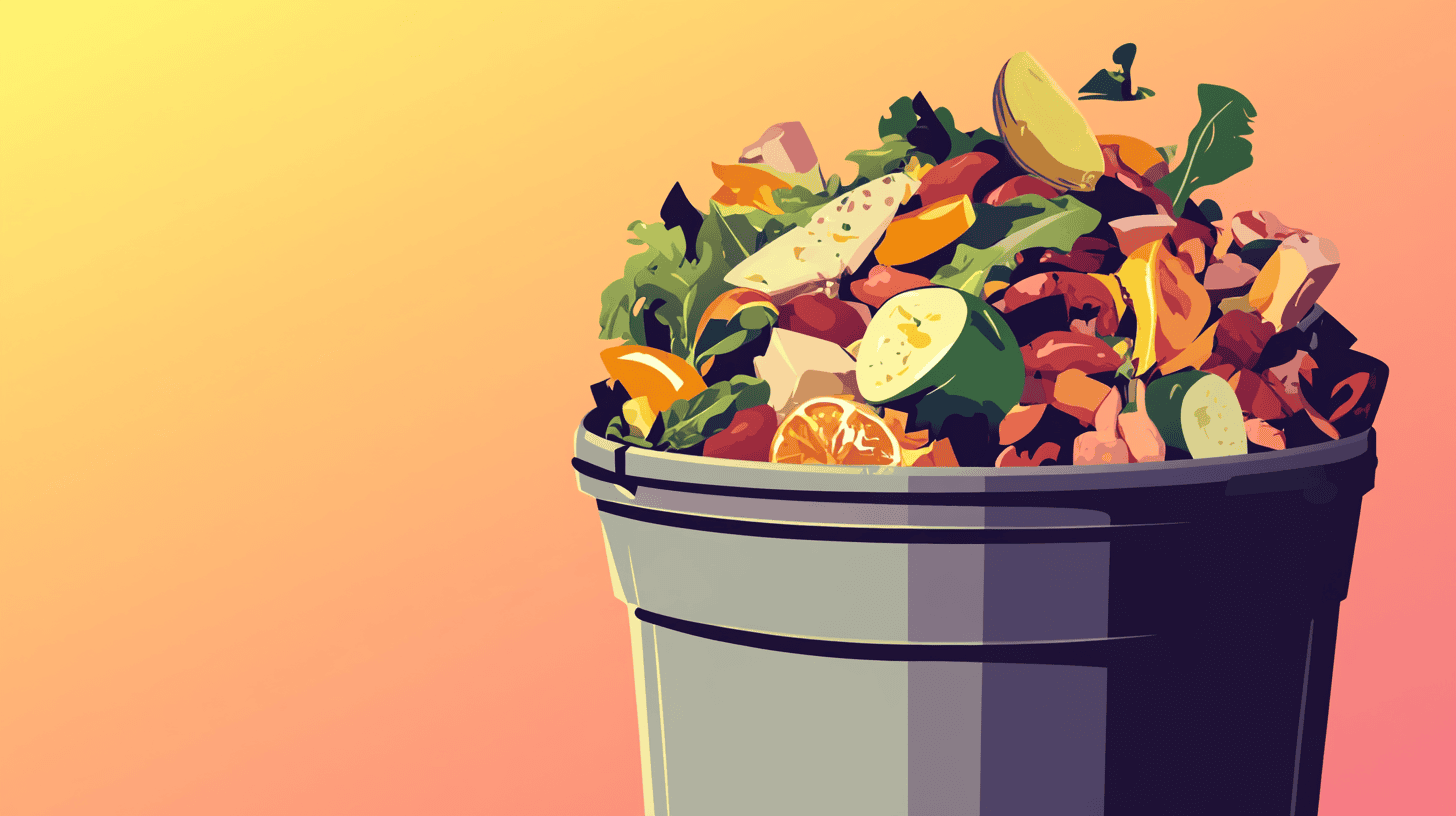
About Bonnie
- Founders: Arian Khoshchin en Joost Verbakel
- Founded in: 2019
- Employees: 7
- Money raised: -
- Ultimate goal: De papieren bon uit de wereld helpen
Newspapers, packaging and receipts: we still use a lot of paper in the Netherlands. Still, more and more people are seeing the benefits of consuming less and less paper. Start-up Bonnie is also doing its bit with a universally usable, digital system for receipts. Founder Arian Khoshchin and co-founder Joost Verbakel tell us all about it in this instalment of start-up of the day.
How does the system work?
Arian: “It is a process that takes place after the checkout. What you see now is that a receipt is often printed automatically at the checkout. We have invented a device, actually a kind of digital printer, that a shopkeeper can easily connect to the existing POS system. It is up to the customer to choose between a printed or a digital receipt. If you want a digital receipt, you just hold your phone up to the device. A pop-up then appears on your phone. When you click on the pop-up, it takes you to the website where you can download our app. You can then find your receipt in the app.”

How novel is your digital solution?
Joost: “Supermarkets such as Albert Heijn and Lidl already have a closed system that provides a digital receipt. Yet we are the first user-friendly system that can be used universally. Every retailer can easily connect the system to their cash registers by means of a USB cable.”
How important is it that the world switches to a digital receipt system?
Arian: “Paper receipts are a source of pollution in themselves, but the paper rolls that go into the printer also have to be transported to the shops by trucks. That is not sustainable either. Our system, which is made from recycled plastic, only needs to be installed once and then you don’t have to worry about it anymore. That makes our solution more sustainable and also cheaper in the long run than printed receipts.”
Joost: “Besides sustainability and costs, information for the customer is also important. Paper receipts tend to get lost and fade fast. By using Bonnie, consumers always have their information at their disposal. So they have clear insight into their purchases.”
Who are your clients?
Arian: “Our strategy is not to approach retailers directly, but rather the cash register suppliers of shops. Some of these parties have already bought our product.”
Joost: “Our largest client in Belgium is electronics retailer and cash register supplier Touch Systems. They can see that legislation is changing in Belgium. It will soon become compulsory to offer a digital receipt and they want to move with the times. The municipality of Dordrecht placed the largest order in the Netherlands. They want to become the first city center with a shopping area where a digital receipt is obtainable. The municipality is going to cover the costs for retailers who adopt our system.”
What have been the greatest challenges so far?
Joost: “The development of the app was one challenge. Our app had to be designed for both Android and Apple devices, as everyone needs to be able to use it. But these are two completely different platforms. It took a lot of time and energy to get the app working properly on all devices. We’ve also been very busy working on the hardware. It was quite a chore to ensure that our module could be connected to a phone without any problems. And of course, you also want the hardware to last as long as possible. The module really has to stand next to a checkout for at least five to ten years. We’ve made sure that’s achievable.”
What plans do you have for the coming period?
Arian: “We mainly want to research to what extent we can change the market. So, imagine that you have a checkout system that Bonnie has just been connected to. What percentage of your customers would then opt for a digital receipt? If we can put some figures on that, then we will know where we stand. We’ve already done market research and conducted interviews, but in the near future we want to glean a lot more information to gain even more insight.”
What are your dreams for the future?
Arian: “Ideally, we would like to team up with a large Dutch department store that has branches all over the country. We would welcome the opportunity to get in touch with the managers of these kinds of department stores. It would be really nice if they have confidence that our system will be the digital receipt platform of the future.”
Joost: “And I hope that in a few years, everyone will be familiar with our name. So that when people hear the name Bonnie, they know right away: That’s that digital receipt we get at every checkout.”









